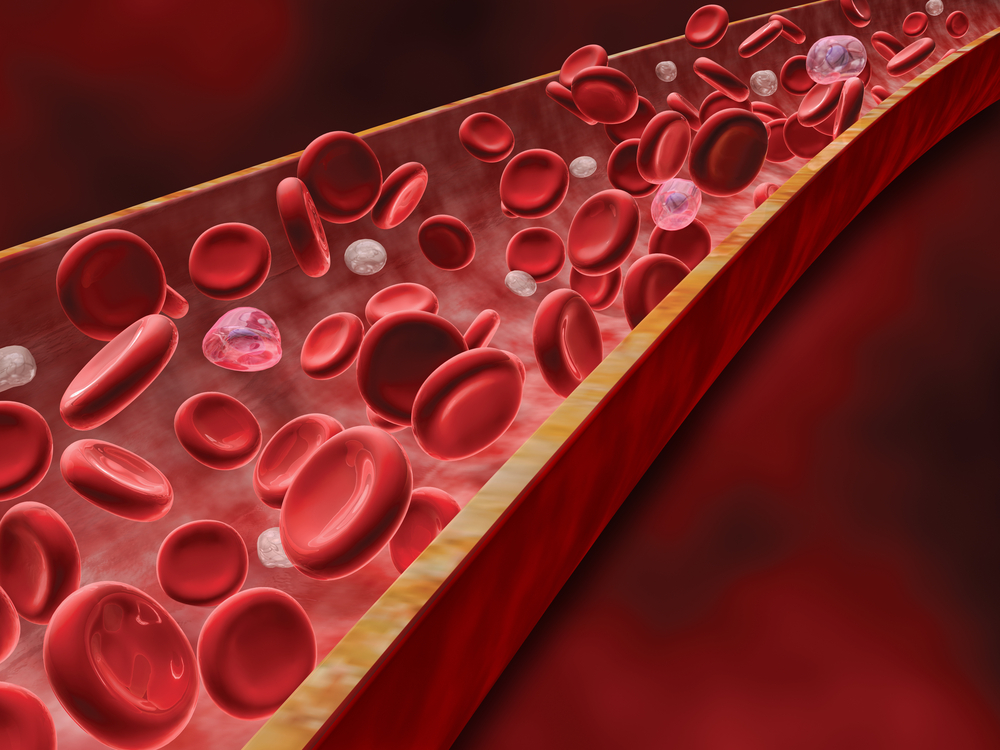Swiss Team Identifies Signaling Molecule as Potential Blood Biomarker for IPF

Swiss researchers have identified a potential blood biomarker for idiopathic pulmonary fibrosis — a precursor to the signaling molecule lysophosphatidic acid.
Their study, ”Serum metabolic profiling identified a distinct metabolic signature in patients with idiopathic pulmonary fibrosis – a potential biomarker role for LysoPC,” was published in the journal Respiratory Research.
The diagnosis of IPF normally requires high-resolution computed tomography and, if necessary, a bronchoscopy and lung biopsy. A bronchoscopy involves a doctor inserting a tube with a small camera in the lungs to view their condition. A lung biopsy involves examining tissue taken from the lungs.
Both bronchoscopy and biopsy are invasive approaches that may represent a risk for respiratory-impaired patients, and they are not always feasible to perform.
This means that doctors urgently need reliable, less invasive ways to diagnose IPF, evaluate treatment responses and predict patient outcomes. A blood biomarker would be ideal.
Scientists have used an analytical chemistry method to search for biomarkers that could help doctors diagnose IPF and predict patient outcomes. It is called ultra high-performance liquid chromatography associated with high-resolution mass spectrometry, or UHPLC-HRMS. The idea behind using it is to identify molecules that could shed light on abnormal metabolic pathways.
Until the Swiss study, no one had used UHPLC-HRMS to try to evaluate the metabolic profile of IPF patients, however. Metabolism refers to cells converting food into energy.
University of Bern researchers used UHPLC-HRMS to compare the metabolic profiles of 10 IPF patients and 10 healthy people. The goal was to try to find IPF biomarkers.
The mean age of the IPF group in the study was 68 years and the control group 69. Ninety percent of both groups were men, and 80 percent were cigarette smokers.
Researchers took blood samples from IPF patients enrolled in an ongoing clinical trial (NCT02173145) and from IPF patients involved in a pneumonia study.
The IPF patients in their study had worse lung function than the healthy participants. The lung function the research team used was forced vital capacity, or the amount of air a person can exhale after a deep breath.
Researchers used UHPLC-HRMS to evaluate 10 metabolic features of participants’ blood. The levels of three were significantly higher in IPF patients. In fact, one was more than twice as high as in controls.
The team identified it as lysophosphatidylcholine, or lysoPC, a precursor of lysophosphatidic acid. Previous research had shown that lysophosphatidic acid accelerates lung, kidney, and liver scarring.
The Swiss researchers are now studying lysophosphatidic acid’s signaling pathway with an eye toward using it to develop a treatment for IPF and other tissue-scarring diseases.
To validate their findings, they called for larger studies of lysoPC’s potential as a biomarker for IPF.







